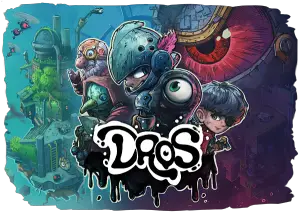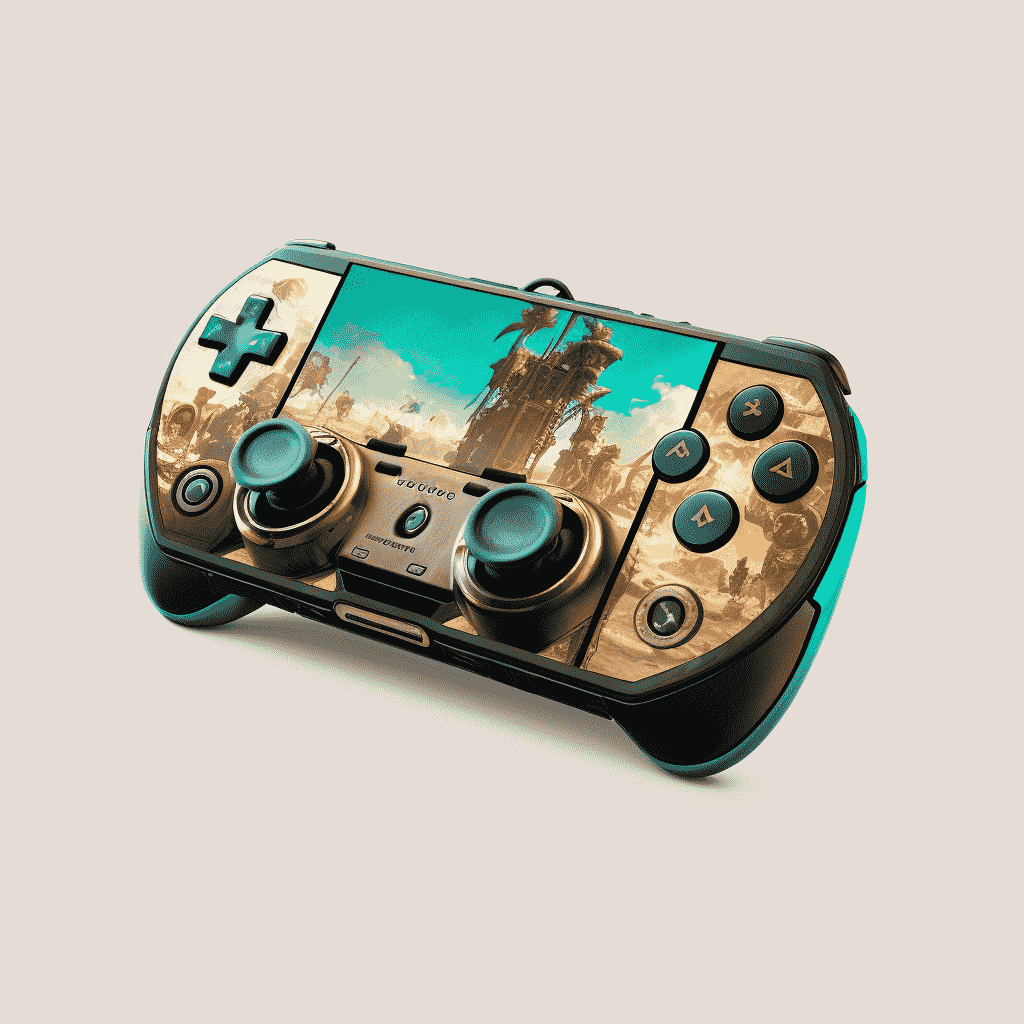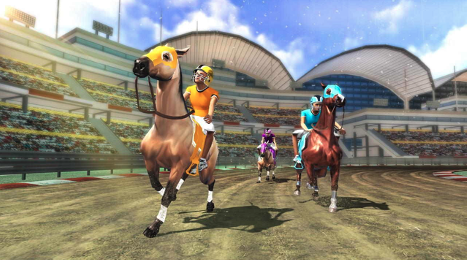Ubisoft released some more details on the combat system of Assassin’s Creed: Origins, giving gamers more of some details on the combat system, how they changed it, what they changed, and the differences between the old “pairing” system and the new non-targeting hitbox system.
The eight minute video was posted up on IGN, with game director Ash Ismail providing commentary on the combat. He first explains how the old pairing system worked in the seventh-gen Assassin’s Creed games, which relied on entity or actor pairing, where two active characters would synch up and the rock, paper, scissors style combat cues would play out. You can check out the video below.
As explained in the video, they decided to move toward the hitbox system so that it’s now non-targeting. What this means is that you don’t have automatic attack-fielding, where the animations will seamlessly synch up and pair with another actor when they’re in range. Instead, what happens is that you have to manually aim at and manually swing your weapons at enemies and the weapons actually have to connect with the enemy hitboxes in order to deal damage.
This is the common combat system used in most action-oriented RPGs, such as Kingdoms of Amalur, The Witcher 3, Bloodborne or Dark Souls. It also seems to mimic Ryse: Son of Rome, but without any of the animation clarity that came along with that game.
The only good part about the combat system is that at least it’s not like The Elder Scrolls, which uses a mix of hitbox detection and hit/miss roll dice, common in many D&D style ARPGs.
For Assassin’s Creed: Origins, it’s explained that now players have heavy and light attacks. Damage to the exposed or back areas of enemies do additional damage. They’ve add manual blocking and block-parries, the latter of which allows you to parry an enemy attack and launch a counter-attack on a stunned enemy.
Given that the game uses non-targeting as the basis for combat, it means that you can no longer auto-block attacks from behind. You now have to manually turn around or dodge out of the way to block incoming attacks aimed at your back.
Dodging, however, is not unlimited. You will only have three dodges that you can execute successively before having to wait for the stamina to recharge. So you have to dodge strategically and rely mostly on blocking and parrying when fighting multiple enemies.
A new adrenaline meter has also been added, which allows you to build up the meter and unleash devastating attacks and combos on enemies once the meter is full and activated. Different weapon types will have different types of adrenaline combos.
The game will also sport eight different types of melee weapons, including scepters, spears, heavy blades, dual blades, swords, heavy blunt weapons, sickle swords and normal swords. There are also four different ranged weapons as well, including different types of bows that can be utilized for different types of scenarios.
There will also be different archetypes of enemies as well. There are standard enemies, brutes, leader-types, and predators. There are also bosses that will be sprinkled throughout the game world.
Most of the enemies are pretty standard-fare, but the predator type enemies are described as being similar to Assassins because they will use tricks and traps during a fight, including throwing down smoke bombs, using the environment to their advantage, and craftily attempting to outwit you during a fight.
The combat is a lot less intuitive than previous Assassin’s Creed games, looks extremely clunky , and is no where near as cinematically as engaging as the previous combat system. Nevertheless, if you want a fantasy retelling of what Egypt was like during Cleopatra’s reign, and you enjoy sloppy looking combat in your action-RPGs, you can look to get your hands on Assassin’s Creed: Origins October 27th.











